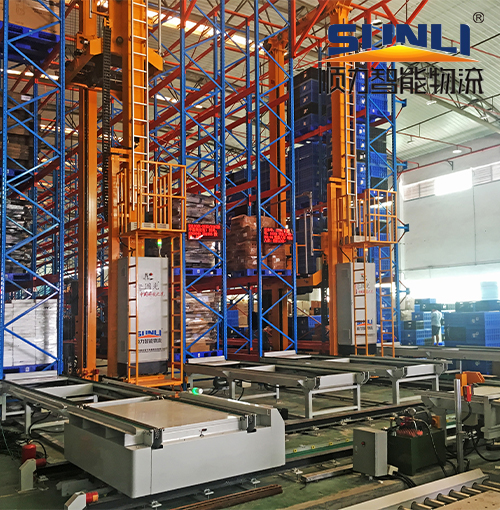Planning steps and area resource calculation method of automated warehouse establishment:
Requirements analysis and definition: first, determine the purpose, function and requirements of automated database. This may involve such factors as the type, quantity, size and access frequency of stored items. At the same time, it is necessary to specify the performance requirements for automated database establishment, such as the number of orders processed per hour, access speed, etc.
Site survey and data collection: conduct site survey to understand existing resources, environmental conditions and any special requirements. Collect relevant data, including building area, height, terrain, surrounding environment, etc.
Technical evaluation and selection: evaluate the available automated warehouse technology and equipment according to the needs and site conditions. This may involve product comparison, performance evaluation and cost analysis of different suppliers.
System design and layout planning: design the overall structure and layout of the automated warehouse, including the shelf layout, equipment location and entrance and exit design inside the warehouse. Factors such as the flow path of goods, the safety of personnel and equipment, and the operation efficiency are considered.

Area resource measurement: area resource measurement is based on demand and design parameters. Generally speaking, the area of automated warehouse includes the actual storage area, equipment installation area, channel and operation area of the warehouse. Measurement methods may include:
Storage density calculation: calculate the storage density according to the size, stacking method and access requirements of the articles to determine the size of the required storage area.
Calculation of equipment floor area: calculate the area of equipment installation area considering the size and layout of automation equipment.
Calculation of channel and operation area: determine the size of channel and operation area according to the moving range and operation requirements of equipment.
Consideration of safe spacing and spare space: consider safe spacing and spare space to cope with unexpected situations or future expansion needs.
Scheme optimization and confirmation: optimize the preliminary design to ensure that the available resources are used while meeting the needs. Confirm the design scheme and prepare to enter the implementation phase.
Through the above steps, the automated database can be effectively planned and the area resources can be calculated to ensure that it can meet business needs and make full use of available resources.









